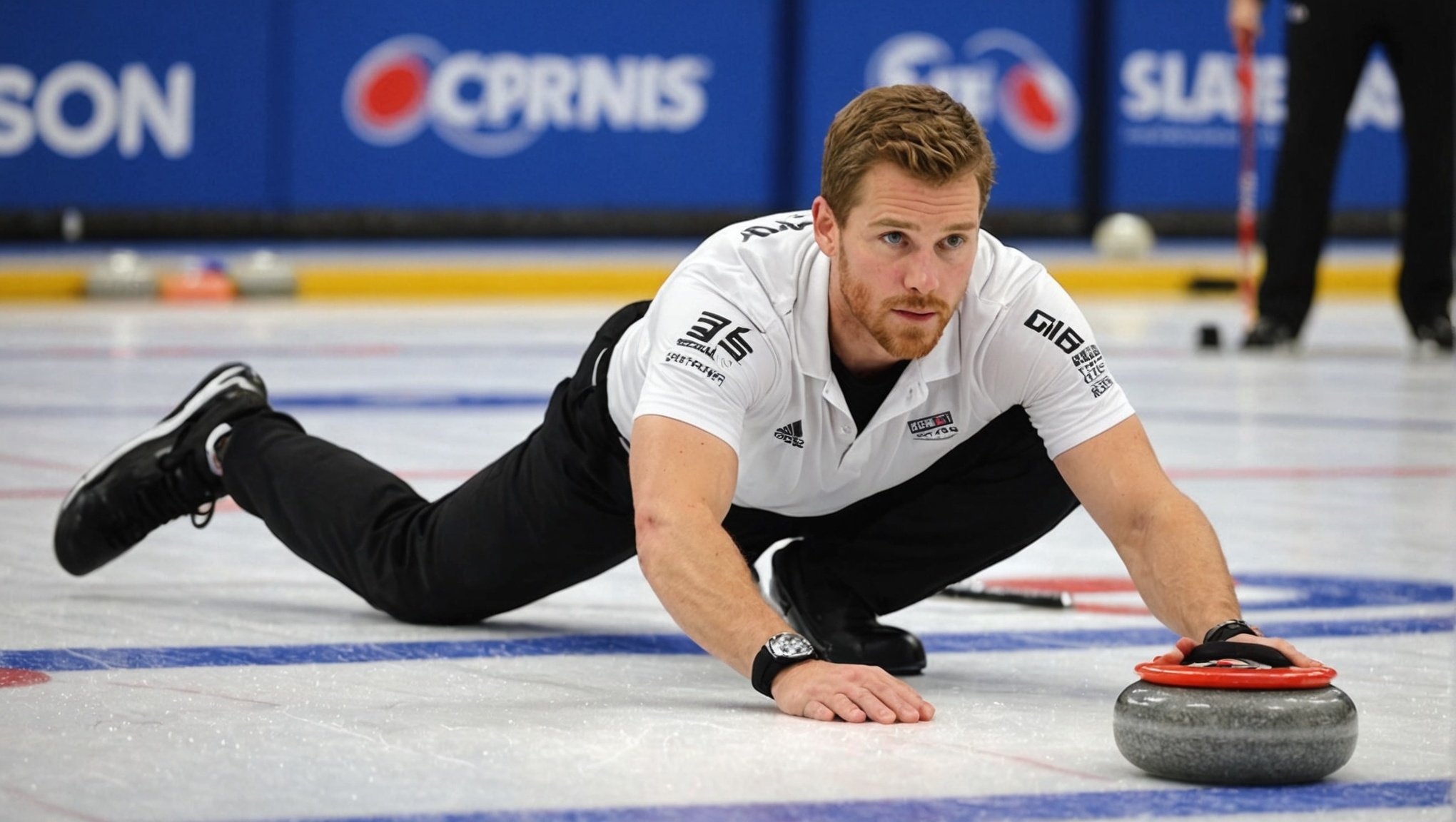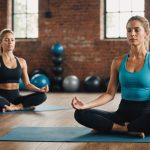Importance of Stretching in Curling
When it comes to curling flexibility, its impact on an athlete’s performance cannot be overstated. Enhanced flexibility not only aids in executing precise sweeping motions but also improves overall dexterity during delivery. It allows players to maintain optimal form, leading to increased effectiveness on the ice.
One key reason for the importance of stretching in curling is its vital role in injury prevention. Curling, while not as high-impact as some sports, still places significant strain on muscles and joints, particularly the lower body. Regular stretching routines help lengthen muscles, reducing tension and the likelihood of strains or sprains during play.
Also to see : Top Safety Tips for Bouldering Newbies: Essential Measures Every Beginner Should Know
Moreover, the connection between stretching and overall athletic performance extends beyond the rink. Increased flexibility boosts agility and speed, helping athletes navigate the ice with fluid movements. This adaptability not only enhances curling performance but also contributes to better endurance and stability.
- Role in Performance: Essential for precision and agility.
- Prevention of Injuries: Reduces risks of muscle-related issues.
- Enhanced Athleticism: Supports broader sports skills.
Incorporating a consistent stretching regimen into training sessions can lead to tangible improvements and should be a core component of any curler’s preparation plan. The benefits are manifold, aiding in both specific curling contexts and a wider spectrum of athletic activities.
Also read : Boost Your Rugby Game: Essential Dietary Supplements for Enhanced Strength and Stamina
Exercise 1: Seated Hamstring Stretch
Enhance your flexibility and performance with the seated hamstring stretch, a must-do for curling athletes!
Technique and Positioning
To correctly perform a seated hamstring stretch, sit on the floor with your legs extended straight in front of you. Take a deep breath and, as you exhale, lean forward from your hips (not your waist), reaching toward your toes. Keep your back straight throughout the exercise. It’s essential to feel a mild stretch behind your legs without any pain. Hold this position for 15-30 seconds, then relax and repeat.
Benefits for Curling
For curling athletes, flexibility exercises like the seated hamstring stretch are vital. This stretch specifically enhances the range of motion in your legs, crucial for the unique crouching and sliding movements in curling. Improved flexibility reduces the risk of injury and promotes more fluid and efficient motion during play. When your hamstrings are flexible, you’ll find it easier to maintain the ideal posture and balance needed for effective stone delivery.
Integration into Routine
Incorporate this stretch into your daily routine for maximum benefit. Aim for 3-5 repetitions each session, at least three times a week. Regular practice will not only enhance your performance on the rink but also contribute to overall leg flexibility and joint health.
Exercise 2: Standing Quadriceps Stretch
The standing quadriceps stretch is essential for athletes seeking to enhance muscle recovery. This technique effectively complements curling techniques, aiding in preparation and performance maintenance.
Technique and Positioning
To perform the standing quadriceps stretch with correct positioning:
- Stand on one leg and use a chair or wall for balance if needed.
- Bend the opposite knee and grasp your ankle or foot with the same-side hand.
- Keep your knees aligned and gently pull your heel towards your buttocks, ensuring a straight posture.
- Hold the stretch for 20-30 seconds before switching legs.
Benefits for Curling
This stretch improves flexibility essential for curling techniques. Enhanced leg mobility aids in delivering powerful and precise shots. It supports muscle recovery, reducing the risk of strains and enhancing overall performance.
Integration into Routine
Incorporating the standing quadriceps stretch into a curling warm-up routine is straightforward. Begin with dynamic movements, then seamlessly transition to this stretch to maximise flexibility and prepare muscles, aligning them with the demands of curling. Consistent practice ensures optimal results.
Exercise 3: Butterfly Stretch
Incorporating the butterfly stretch into your routine can greatly enhance your hip flexibility, which is crucial for those aiming to improve their curling performance. Stretching effectively allows for better posture and balance, ultimately yielding more precision in your actions on the ice.
Technique and Positioning
To correctly perform the butterfly stretch, sit with your back straight and the soles of your feet touching. Bring your heels as close as possible to your body, grasp your feet with your hands, and gently press your knees down toward the floor. Hold the position comfortably, breathing deeply to maximise the stretch. Proper execution ensures you target the inner thighs effectively, promoting mobility and flexibility.
Benefits for Curling
Enhanced hip flexibility can significantly boost curling performance by allowing smoother transitions and efficient stone delivery. Increased range of motion ensures that curlers can maintain optimal form, preventing muscle strain during intense matches. This focus on flexibility can lead to greater consistency and control, making it a valuable component of training regimens.
Integration into Routine
Incorporate the butterfly stretch at least three times a week for optimal results. Consider including it post-training when muscles are warm for the best effect. Balancing static stretches like this with dynamic movements will ensure your hips remain flexible and ready for the demands of curling.
Tips for Incorporating Stretching into Training
Creating a consistent stretching routine is invaluable for enhancing athlete flexibility and preventing injuries. A structured plan can be developed by integrating stretches into routine workouts. Begin by dedicating specific times for stretching, ideally after your workout, when muscles are warm and more pliable. This timing maximises flexibility gains and reduces injury risk.
Listen carefully to your body’s signals. Pushing past discomfort in pursuit of greater flexibility can lead to overstretching and injury. Instead, focus on controlled, steady movements through your stretching routine. If you feel sharp pain or excessive discomfort, it’s a clear indication to step back.
Incorporating curling exercises is another effective way to enhance flexibility. These exercises target specific muscle groups, promoting a balanced, comprehensive stretch. By alternating between different types of stretches—such as dynamic stretches before practice and static stretches after—you can cater to the needs of your muscles at various stages of activity.
Consistency is key. Establish a routine that you can maintain consistently over time to yield the best results. Remember, flexibility improvements happen gradually, so remain patient, diligent, and responsive to your body’s needs throughout your stretching journey.













